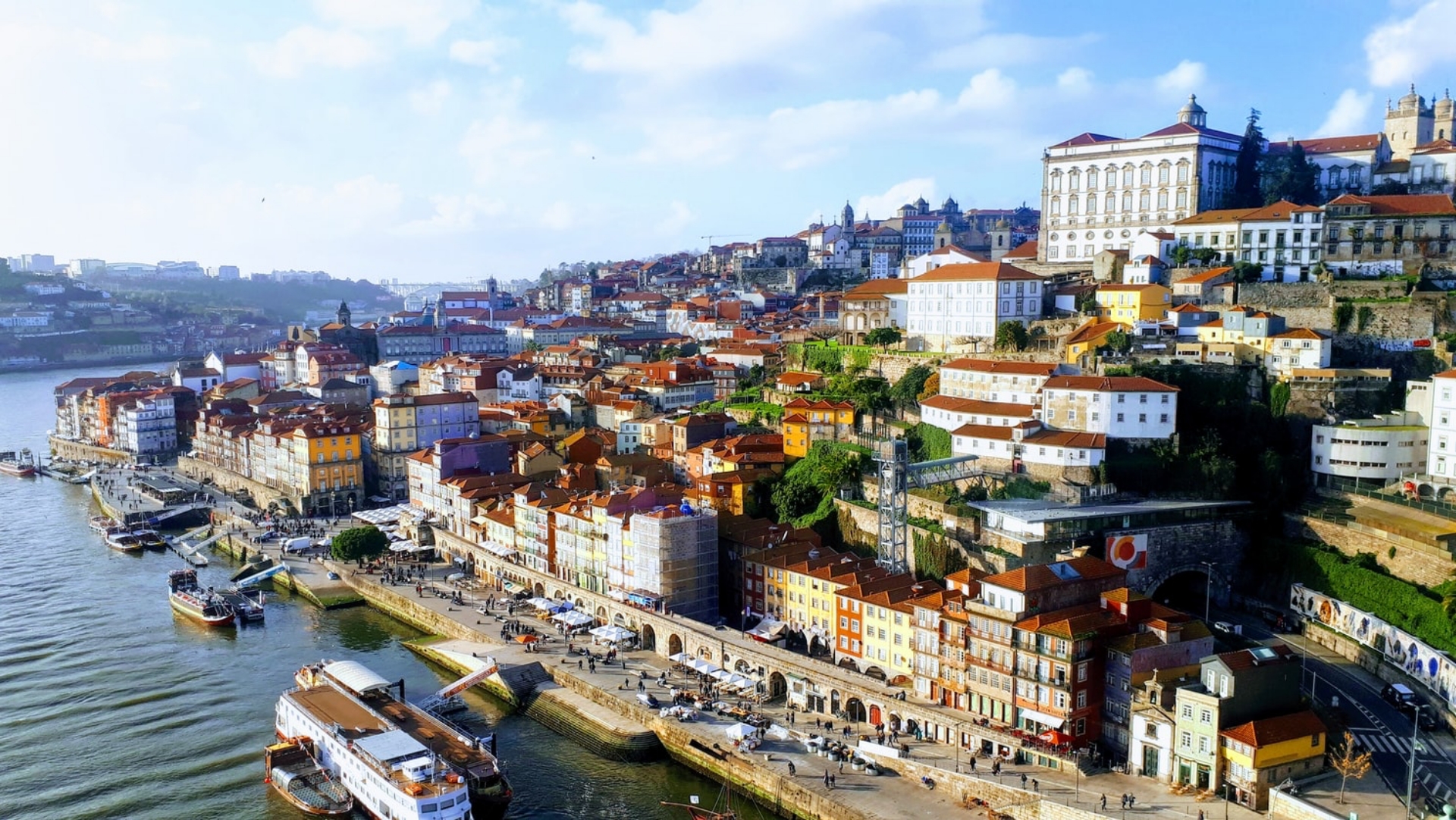Portugal Golden Visa Program offers permanent residency to applicants who make a substantial real estate investment. Investors have several different options when buying Portugal property. While Portugal Golden Visa has several other options for investment, real estate is the most popular choice. Portugal Golden Visa gives instant residence to anyone investing €500,000 in one or more properties.
Portugal Real Estate Market
After the 1974 Revolution, Portuguese government issued a law that protects Portugal property. The law prevented properties from getting legally “occupied” by jobless people unlike Spanish government’s policy. Also, Portuguese officials managed to keep the real estate sector under control by not pushing mortgages to unqualified buyers. In conclusion, these policies provided Portugal real estate with the protection and reservation it needed. Now in old-school tourist destinations which have retained their authentic charm are now available at much lower prices thanks to uniformly lower real estate values.
Different Options
First option investors may benefit from is the original clause of Portugal Golden Visa program. The minimum investment requirement for this option is €500,000. However, Portuguese government recently added two other options of real estate investment. Now, investors might choose to buy Portugal property in need of renovation as cheap as €350,000. They might further reduce their costs and choose the option where they can invest €280,000 in low density areas.
1.€500,000 Investment
First option of Portugal Golden Visa real estate investments is the €500,000 option. Investors who prefer to have control over the process of buying real estate must choose this one. This option offers the most freedom and flexibility in terms of location, condition and maintenance of the property of subject.
€500,000 investment option allows investors to focus on vibrant city centres, luxurious homes and popular destinations. It is more expensive than the other two options, but it sweeps most of the potential problems off the table. Provided that the investor works together with a professional real estate agent, this option minimizes the risks and further costs of the real estate. Furthermore, Portuguese government allows investors to invest the sum into several properties.
2.€350,000 Option
Second option that enables investors to become Portugal residents is the €350,000 option. The law that explains the mentioned option states the following: “Acquisition of immovable assets, the construction of which has been completed, at least, 30 years ago or located in an area of urban regeneration and execution of refurbishment works in the acquired immovable assets…equal to or above 350 thousand euros;”. This option has a few important catches. First of all, property has to be at least 30 years old or in an urban regeneration area. It means that the real estate will be in need of refurbishment of some kind.
To be able to go through with the renovation work, there are necessary permissions needed. Such permissions and payments to contractors all need to be done legally. To undertake such a project would mean employing project managers and the necessary architects. The applicant would have to have all the licences in place prior to any application being submitted. To mitigate any risk it is vital to ensure that any such property would qualify within this category. Clients would need to ensure they build sufficient time into their schedule to take care of all these additional aspects.
Clients visiting to invest €500,000 in a location such as Lisbon can usually complete the necessary tasks within a few days. The alternative investment of €350,000 will require far more time and hands on management. For any international investor not residing in Portugal and trying to manage from a distance, this process can be problematic, time consuming and expensive.
3.€280,000 option
If the investor agrees to buy property for renovation in low density, less developed areas of the country; the €350,000 is reduced by a further 20% to €280,000. Low density territory means NUTS III level with less than 100 inhabitants per Km2 or PIB per capita less than 75% of the national average. This naturally does not apply to the cities or the more populated coastal regions creating issues for any future rental income potential.




